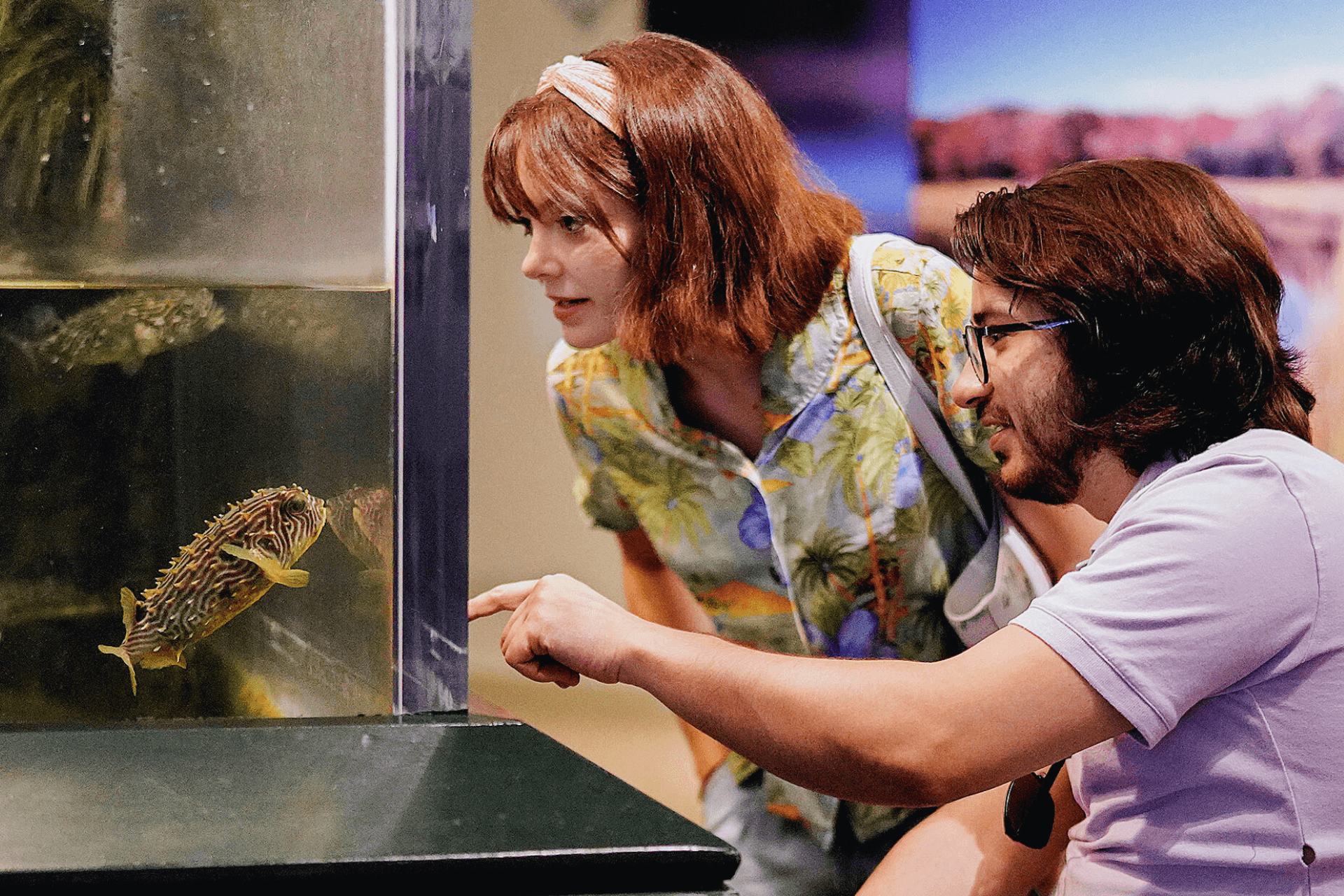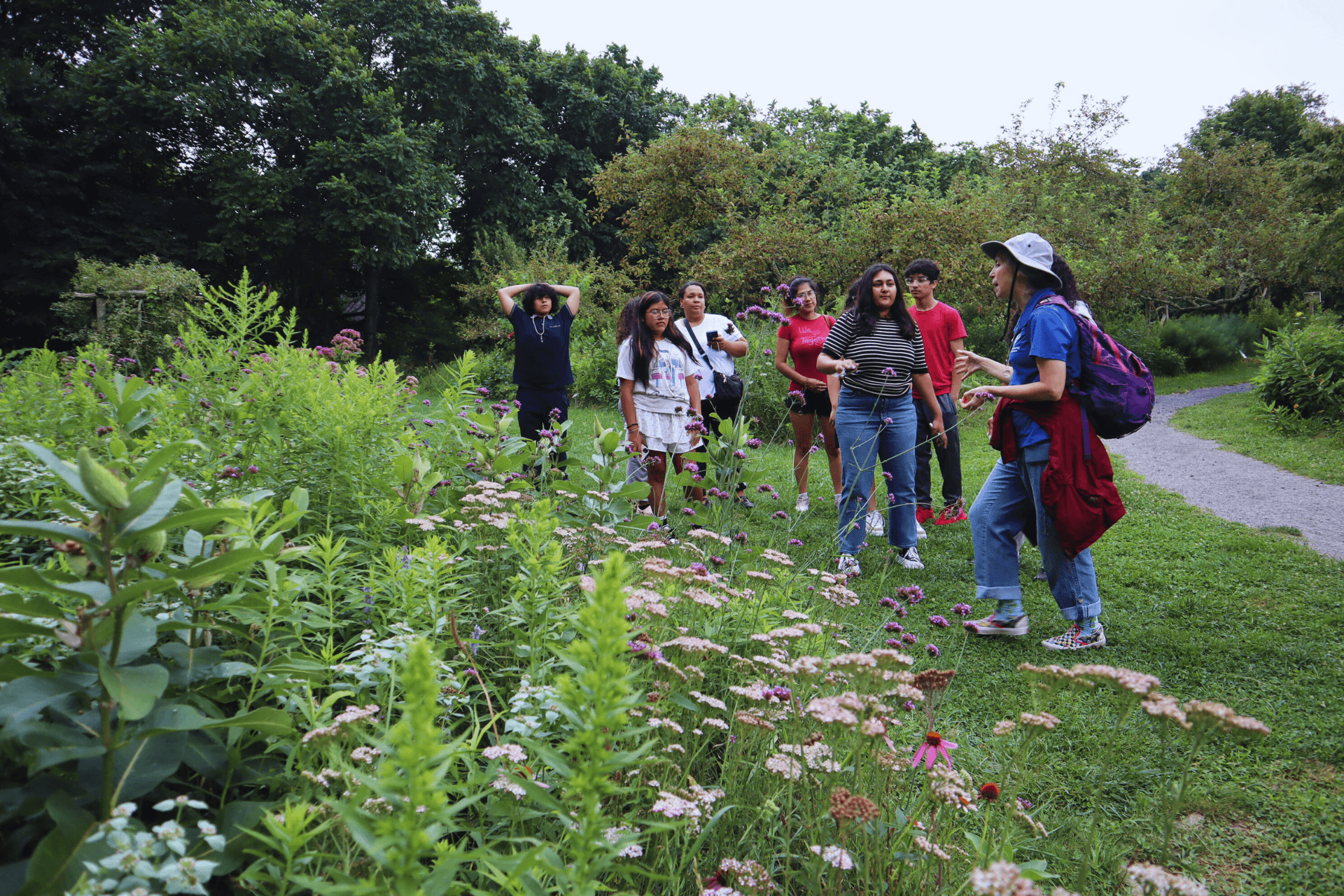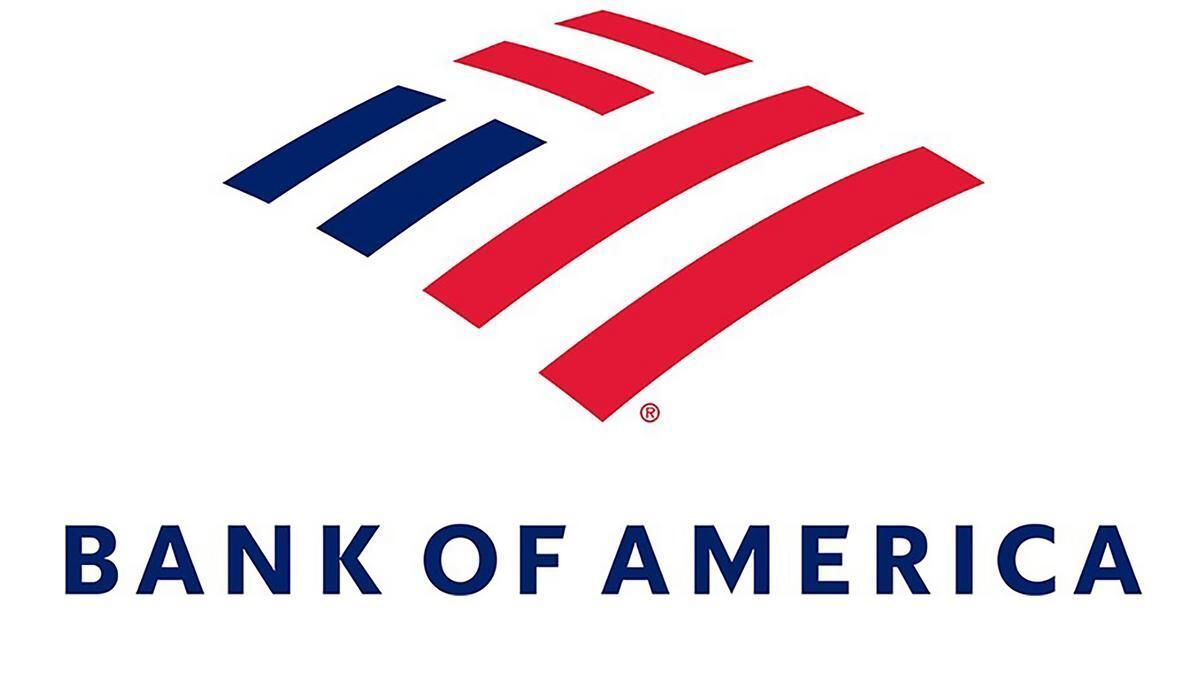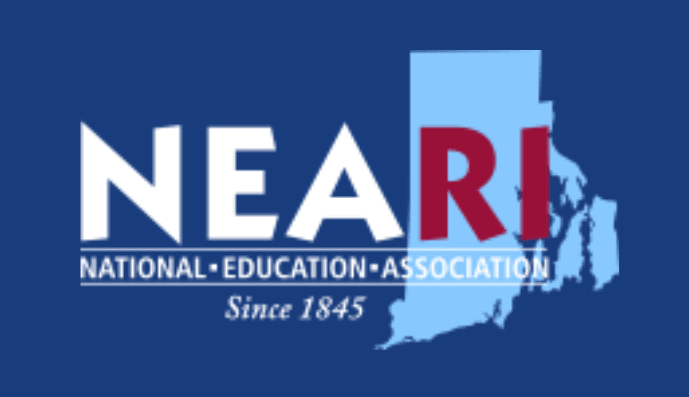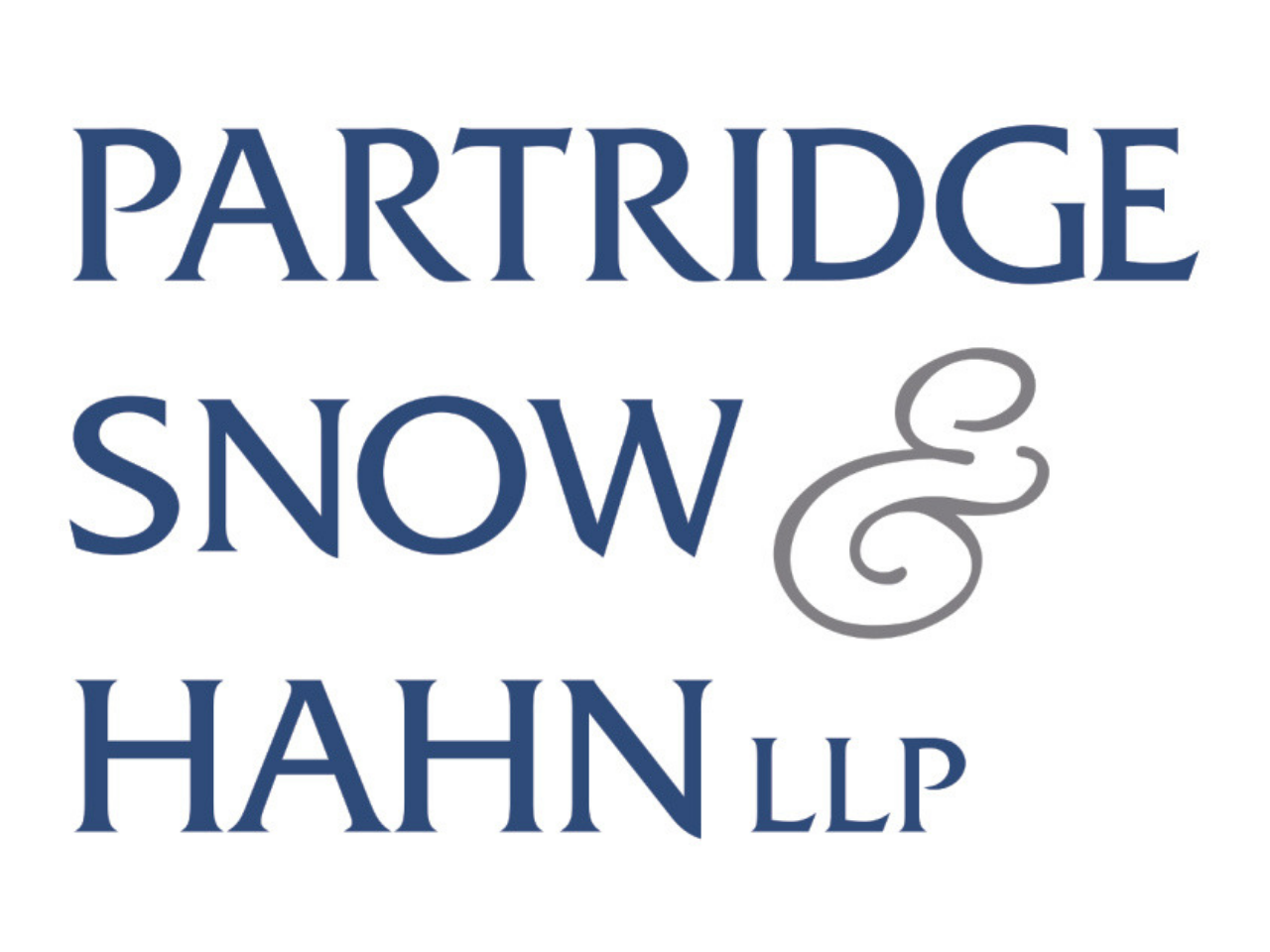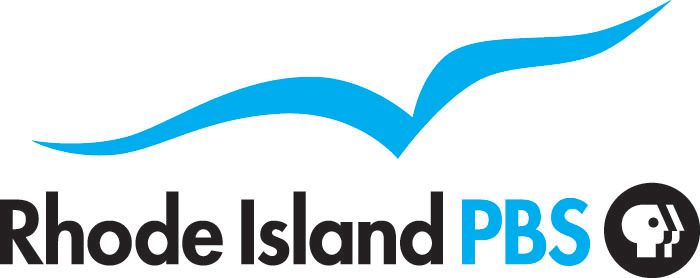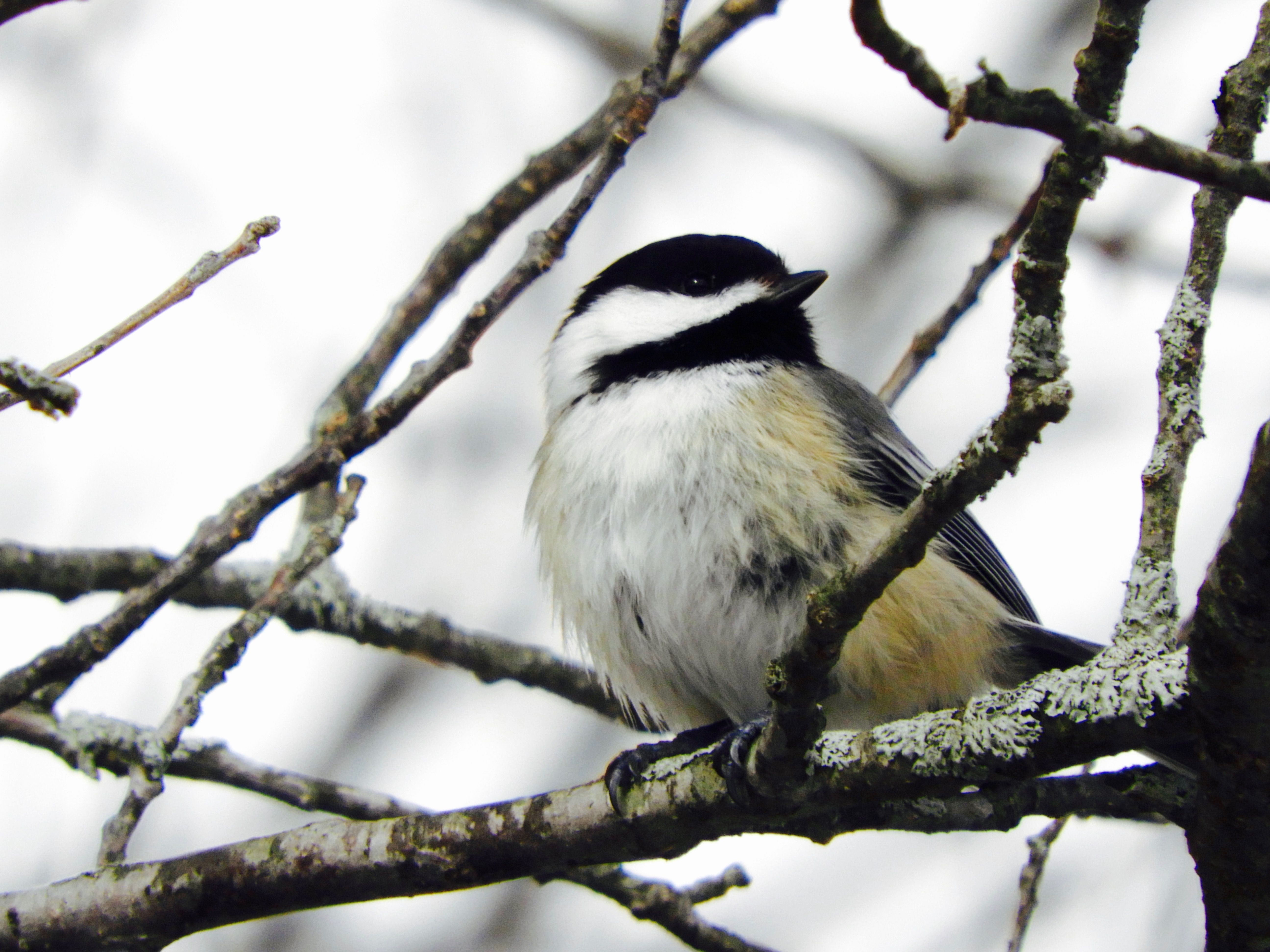
Jennifer Zartarian
December 17, 2019
The History of the Christmas Bird Count
Well over a century ago, the beloved Christmas Bird Count that we know today looked quite different. During the holiday season, hunters around the northeast participated in a tradition once known as the Christmas Side Hunt. Belonging to different sides, hunters would take off into the forest and fields – whoever amassed the largest quarry won.
Conservation was gaining a foothold during this time and many scientists and bird enthusiasts were becoming concerned about declining bird populations. Frank M. Chapman, an ornithologist and officer of a group that would become National Audubon Society, proposed a “Christmas Bird Census” to be held on Christmas day in 1900.
The idea took off and during that first year there were 25 counts – ranging from Toronto and California to many cities around the northeast. Around 90 species were counted in total from all of these counts.
Today, counts are held around the country from mid-December to early January. After braving the season’s elements, participants submit their data which is then used by many organizations to assess the health of bird populations and guide conservation efforts. It informs strategies to protect birds and their habitat, and helps identify environmental issues with implications for people as well.
Combined with other similar surveys and with 119 years worth of data, the Christmas Bird Count has played a role in many important reports siting the health of our environment and the species within it. These include the North American Bird Conservation Initiative and U.S. Fish & Wildlife Service’s 2009 State of the Birds, National Audubon Society’s 2007 Common Birds in Decline report, and even the Environmental Protection Agency’s 2012 Climate Change report in which the data was cited as one of 26 indicators of climate change.
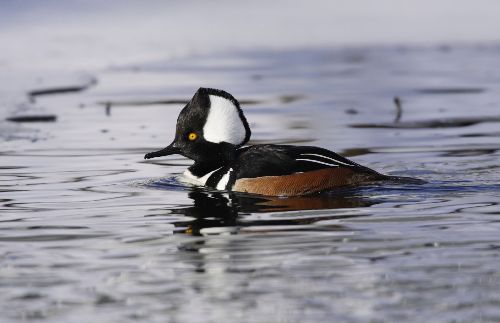
The 120th Bird Count
Although many Audubon staff members, volunteers and supporters participate in the Christmas Bird Count, Audubon Society of Rhode Island does not organize this annual citizen science event and is not affiliated with the National Audubon Society.
This year, Rhode Island counts will take place at the locations listed below. If you would like to participate in a count, please contact the individual(s) listed.
Circle Name: Newport County/Westport
Towns Covered: All of Little Compton as well as portions of Newport, Middletown, Tiverton and Westport MA.
Date: Saturday December 14th
To Participate Contact: Robert Emerson - remerson@duffysweeney.com
Circle Name: South Kingstown
Towns Covered: All of South Kingstown as well as portions of Narragansett, North Kingstown, Exeter, Richmond, and Charlestown
Date: Saturday December 21st
To Participate Contact: Scott Tsagarakis - stsagarakis@mail.uri.edu
Circle Name: Napatree
Towns Covered: All of Westerly as well as portions of Hopkinton, Charlestown, Stonington CT, and Fisher's Island NY.
Date: TBD
To Participate Contact: Shai Mitra- shaibal.mitra@csi.cuny.edu
Circle Name: Jamestown
Towns Covered: Conanicut Island (Jamestown)
Date: Saturday January 4th, Snow date Sunday January 5th
To Participate Contact: Wayne Munns- wrmunnsjr@gmail.com & Candy Powell- candacepowell48@gmail.com
Circle Name: Northern RI/Scituate
Towns Covered: Portions of Scituate, Foster, Glocester, Burrillville, Smithfield, North Smithfield, and Johnston
Date: Sunday December 29th
To Participate Contact: Dan Berard - djberard84@gmail.com


